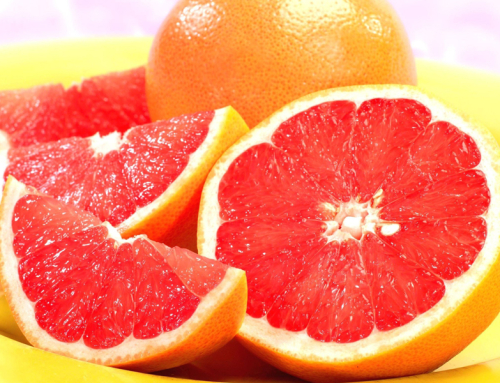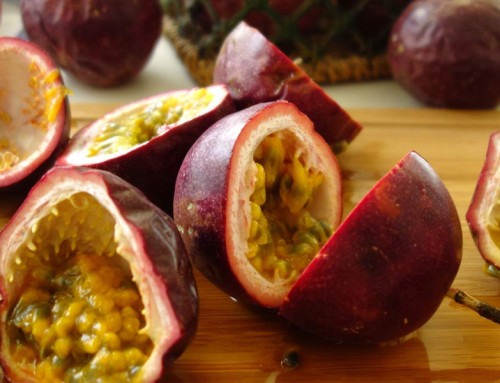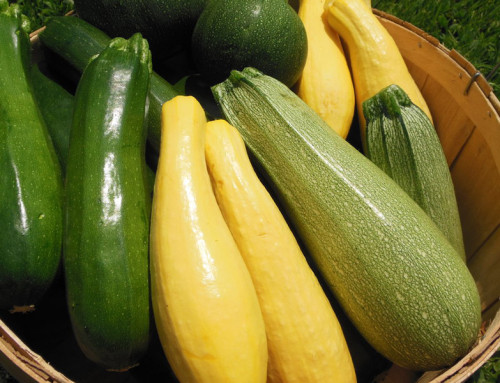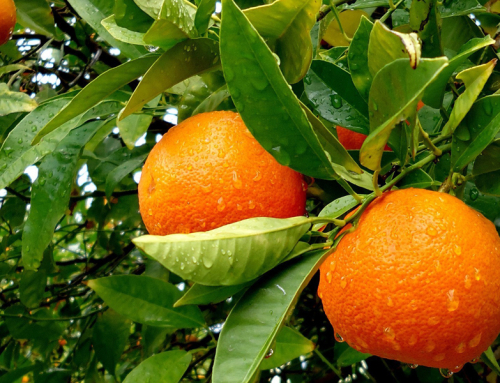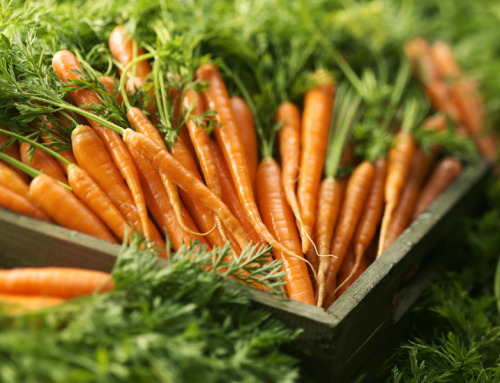Raw, Natural Almonds (Generic)
- 1 cup sliced 92g = 529 calories
- 1 cup ground 95 g = 547 calories
- 1 cup whole 143g = 823 calories
- 1 cup slivered 108 g = 622 calories
- 100 g = 576 calories
- 1 oz (23 whole almonds) 28g = 163 calories
Dry Roasted Almonds
- 1 cup whole 138g = 821 calories
- 100 g = 595 calories
- 1 oz (22 whole almonds) 28g = 169 calories
Honey Roasted Almonds
- 1 cup whole 144g = 855 calories
- 100 g = 594 calories
- 1 oz (22 whole almonds) 28g = 168 calories
Oil Roasted Almonds
- 1 cup whole 157g = 953 calories
- 100 g = 607 calories
- 1 oz (22 whole almonds) 28g = 172 calories
Chinese Bitter Almond
- 100 gr = 630 calories (Calcium 358% DV and Iron 7% DV)
Apricot Kernels (Apricot Almonds)
- 8 kernels = 25 calories
Apricot kernels are high in monounsaturated fat and a good source of protein and dietary fiber. The oil in the seeds offers vitamin E.
Raw or dry-roasted almonds are the healthiest option. Most packaged almonds have artificially added salt and cholesterol, and those that are roasted with oil will have more calories. For other processed varieties, see the nutritional label on the packaging.
Almond Milk
- Unsweetened , 8-ounce – 40 calories
- Sweetened , 8-ounce – 60 calories
Almond skins – to skin or not to skin?
Did you know that the brown color of the almond is actually a skin that can be removed? It is usually removed when making almond milk. However, there are 2 things to consider – to eat or not to eat the skin?
- Almond skins contain antiviral properties that may allow the immune system to combat viruses such as herpes simplex. More scientific research is needed, since alternative medicine uses almonds and almond oil not only to boost immune function, but both are also used to treat inflammation, liver damage, skin conditions and digestive issues.
- Raw almond skins also contain both tannic acid and an enzyme inhibitor that is not released until certain conditions are met, such as just prior to sprouting. This enzyme limits the nutrients that are absorbed by the body and also makes the almond difficult to digest. Soaking almonds provides moisture that makes the almond shed its skin, which in turn, releases the enzyme.
The Calcium and Iron Paradox
While 1 ounce of almonds contains 8% of the USDA recommended daily amount of iron…good luck getting it into your body, because 1 ounce of almonds also contain 8% of the USDA recommended daily amount of calcium.
Why is something that sounds so good, actually a bad situation?
The simple answer is that the presence of calcium in a meal blocks the absorption of iron when eaten with it, while the presence of vitamin C helps iron to absorb. This same conundrum occurs in spinach and eggs, with experiments and laboratory analysis suggesting that the iron in these foods is poorly absorbed, contrary to what most people believe.
However, almonds have a triple-whammy when it comes to squeezing the iron out of them. In addition to calcium, they contain oxylates and phytates.
- Almonds contain high levels of gastric soluble oxalate (492.0–556.8 mg/100 g FW). Oxalates impair the absorption of non-heme iron and have been implicated in kidney stone formation. Roasting has a relatively small impact on the oxalate content, with a reduction of only about 5-15%.
- Almonds contain 1138 – 1400 mg per 100 grams dry weight of phytate. These are chemical compounds which bind to iron and then pass it through the intestines unabsorbed. Even low levels of phytate (about 5 % ) inhibit iron bio-availability and absorption by 50 to 65 %t.
If you want to absorb significant quantities of non-heme iron from your almonds or spinach, it’s especially important to combine it with foods containng vitamin C or “meat factor” (found in beef, lamb, venison, or salmon). These both counteract the phytates, oxylates and calcium. In fact, adding 63 mg of vitamin C to an iron rich meal boosted iron absorption by almost 300% in one study. And vitamin C also aids in calcium absorption, but too much can actually accelerate bone loss, so don’t overdo it.
Additionally, foods rich in beta-carotene significantly increase absorption of iron in the presence of phytates and tannic acid, as found in almonds. but vitamin A has no significant effect. The best source of these nutrients is whole foods, as supplements have been known to have dangerous side-effects.
Raw vs Roasted Almonds
As long as salt or oil is not added to dry roasted almonds, both raw and dry-roasted almonds provide the same nutritional benefits. There are a couple of differences, however.
- Raw almonds have a rigid texture and are harder to breakdown during digestion..A large portion of the tissue from raw almonds is never fully digested.
- Roasted almonds more easily digested due to the texture change caused by the heating of the nut.
- Roasted almonds release more nutrients than raw almonds due to their digestibility.
- Soaking or sprouting raw almonds improves the digestibility and may even increase their nutrient value.
- Soaking roasted almonds has no useful effect, and they will not sprout.
Soaking Almonds for Digestibility or Tannin Removal
Soaking almonds increases the amount of nutrients and vitamins that are absorbed. Raw almonds contain tannic acid and an enzyme inhibitor in the brown skin that limits the nutrients that are absorbed and also makes the seed difficult to digest. Soaking provides a way to remove the skin to release the enzymes.
- Soaking raw almonds changes the texture of the nut and makes it softer, easier to chew, and easier to digest. Young children and seniors who should avoid hard foods can usually eat soaked almonds.
- Since the soaked almonds are easier to digest, this increases the amount of nutrients absorbed from the nut.
- Place raw, organic almonds in a large bowl and cover them with 2 cups of water per 1/2 cup of almonds. Use filtered or bottled water for best health and flavor. Soak overnight, drain the water, and rinse the nut.
- Once they have been soaked, if you wish to remove the skins, they just slide off after a gentle squeeze.
- Store them in the refrigerator in either plastic bags or jars. Soaked almonds remain fresh for up to a week when stored properly.
- You can also run the nuts through a blender until nearly smooth, with some extra filtered water and a little vanilla (or almond) extract to create your own almond milk. Strain the blended almond mixture using a cheesecloth or other strainer and your homemade raw almond milk will keep for three or four days in the refrigerator.
- The remaining pulp can be put in smoothies, yogurt, oatmeal or whatever you want.
Health Benefits of Sprouted Almonds
The following claims have not been scientifically proven, but alternative healthcare professionals believe these to be true for all seeds and nuts:
- Sprouting raw almonds increases the nutrition and beneficial effects.
- During soaking, additional enzymes are released. During sprouting, the seed increases in nutrition with more enzymes, amino acids, proteins and essential fatty acids.
- Sprouted almonds are easier to digest because sprouting “pre-digests” the seed, rendering the protein, starch and fats more bio-available. They are softer, sweeter, more moist and even more digestible than simply soaked almonds.
- Sprouting increases the amount of available B-complex and vitamin C, Other vitamins and minerals, may also increase, but the B-complex and vitamin C, increase the most.
- Sprouted almonds have an increased pH which makes them more alkaline. A slightly alkaline body helps fight off bacteria and diseases that are associated with an acidic environment, including diabetes and obesity.
- Sprouting is the only way to release the enzyme lipase, that digests fat and aids in weight loss.
Sweet Almonds
Sweet almonds come from trees were produced by a common genetic mutation that resulted in the absence of the glycoside known as amygdalin, Sweet almonds are delicately flavored and slightly sweet and are the commercial nuts that are sold shelled or unshelled, raw or roasted, or blanched (with the brown seed coat or “almond skin” removed) in the United States.
The majority of sweet almonds sold in the U.S. are grown in California and consist of the following varieties: Nonpareil, Mission, California, and Carmel. All have the same nutrients and caloric content and only vary by texture, ease of blanching or skin wrinkling.
Bitter Almonds
Bitter almonds come from the wild variety that has not mutated. These have a strong almond flavor, and are indeed bitter, and are related to the apricot (Prunus armeniaca) and the black cherry (Prunus serotina), all of which contain amygdalin, a bitter glycoside compound that was named vitamin B-17 by Ernst T Krebs in the 1930’s. Amygdalin converts into Prussic acid (cyanide) ONLY in the presence of cancer cells, which contain an enzyme that releases the cyanide that kills the cancer cell, but leaves healthy cells alone. Amygdalin is destroyed when bitter almonds are heated, but this compound also makes raw bitter almonds illegal to sell in the United States, because eating a couple dozen in a sitting may be fatal. However, heat-processed bitter almonds are used to flavor extracts, liqueurs and orgeat syrup. Amaretto, which is a liqueur that tastes like almonds, is usually made with the kernels from inside apricot pits, and not almonds.
Interestingly, apricot kernels, which look nearly identical to almonds, but are just a tiny bit smaller, may be sold in the United States. They are also called “bitter almonds” or “apricot almonds” Apple seeds also contain amygdalin, (which we have been warned erroneously against eating), but the bitter almond has the highest concentration. In Europe, bitter almonds are widely eaten as both a cancer preventative as well as a cure for all kinds of cancer, with intake not to exceed 8 kernels per day, and usually less. Laetrile is partially synthesized amygdalin, and is also illegal in the United States because it works in every country that does not use U.S. Research data. Apricot kernels also contain pangamic acid (known as B-15), which may be useful in treating ischemic heart disease.
Almond trees, Prunus amygdalus or Prunus dulcis. are native to the Middle East, also in the mountain ranges of southwestern Asia but are also grown as crops all over the world, even as far north as Iceland.
But here’s where it gets interesting: the almond is not a true nut, but is actually the seed of a plum-like fruit (botanically called a “drupe”) and is a close relative of plums and peaches. The almond fruit has a thick leathery, grey-green fuzzy skin with very little flesh.. Inside is a hard woody shell, and inside the shell is the edible seed, or nut. While often 2 seeds are inside the shell, only 1 is actually expected.


